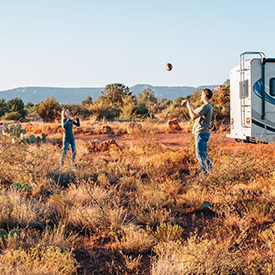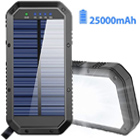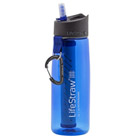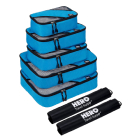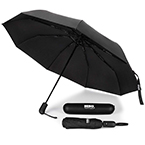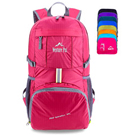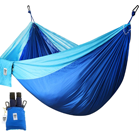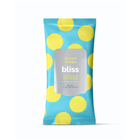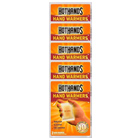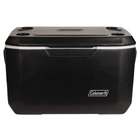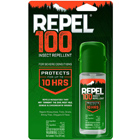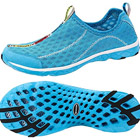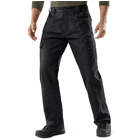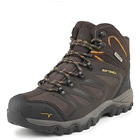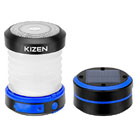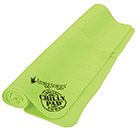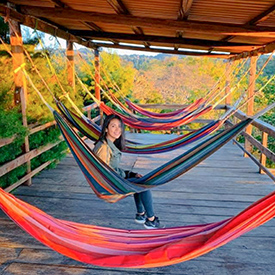SPRING – (March, April, May)
Dressing for the spring months while glamping can vary depending on the location that you choose. If you’re in the southwest, temps might be a bit warmer meaning that you’ll want plenty of shorts, tank tops, and t-shirts. However, if you go to the Pacific Northwest or opt for the east coast, temperatures can get a bit chilly. Especially in the evenings. If this is the case, don’t make room for sweaters, layering cardigans, and lightweight jackets.
SUMMER – (June, July, August)
Summer is warm no matter where you choose to visit. This makes packing a piece of cake. The best part is that the clothes don’t take up a lot of space either. You’ll want plenty of shorts, t-shirts, tank tops, and even a summer dress or two if you’re looking to get dressed up occasionally. And of course, don’t forget a hat, sunglasses, and plenty of sunscreen. The last thing you want is a nasty sunburn.
FALL – (September, October, November)
Much like the spring, the weather can drastically vary depending on location. Many places are met with lots of rain and gloomy weather while others are bone dry and still plenty warm. For this reason, I highly recommend researching your destination before leaving. However, some good basics to include are layers, lightweight sweaters, jeans, and possibly a rain jacket.
WINTER
Winter is a fairly easy season to dress for. The only downside is that the clothes tend to be a little bulky so you will most likely need a bigger suitcase. Good winter clothing to pack includes thermals, a fleece jacket, long-sleeved t-shirts, jeans, a winter coat, boots, and accessories such as beanies and gloves.
Dressing Appropriately for Glamping Activities: – (Click to expand)
Hiking – If you plan on doing a to of hiking, you’ll want a good pair of sturdy hiking boots, quick-dry hiking pants, a moisture-wicking shirt (I prefer tank tops as they allow for you to feel a breeze more) and insect repellent. If you choose to take a rainy hike, I would bring a lightweight rain jacket so you don’t end up soaked and cold by the end of it.
Snow Sports – Glamping doesn’t always have to happen during the warm spring and summer months. Glamping can allow you to stay close to the slopes so you can partake in some snow sports. When going skiing or snowboarding, you don’t want to have to worry about the weather which means wearing the appropriate layers is important. Start with a base layer and add on either a snow bib or ski pants, a thick winter coat, gloves, a helmet, and goggles. And while it may seem silly, SPF is extremely important.
Boating – If you know you’re going to spend time out on the lake or sea, dressing appropriately for boating is important. You will be in the sun for hours at a time after all. Even if you don’t end up swimming, wearing a bathing suit is great because you can shed some layers if you get too warm. On top of the suit, I suggest a button-down shirt and comfortable linen shorts. Don’t forget the rubber-soled shoes (though some boats may have you take your shoes off while onboard) and a straw hat.




